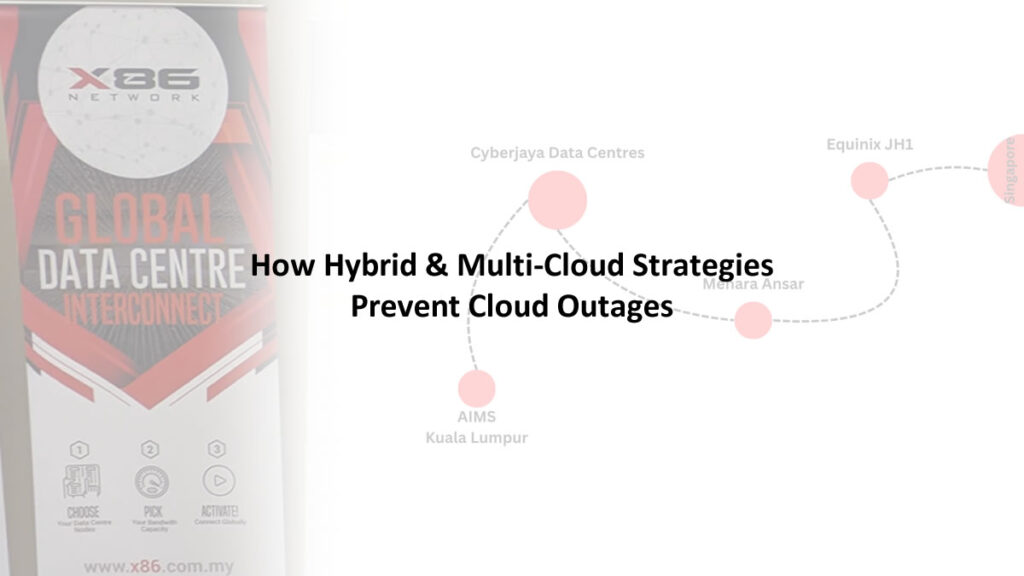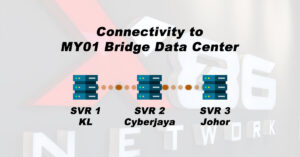Why Google Cloud’s Outage Proves You Need Backup Connectivity
On 12 June 2025, Google Cloud Platform (GCP) suffered a significant outage. An automated quota update error disrupted over 50 services, including Compute Engine, Cloud Storage, Cloud SQL, and Vertex AI. Even customer interfaces like Cloud Console and Cloud Shell became inaccessible.
Google engineers eventually bypassed the issue, but full recovery — especially in the us-central1 region — took hours.
⚠️ Why This Matters
This wasn’t a hardware failure. It was a control-plane error — a policy-level issue that cascaded across core infrastructure. It highlights a growing truth:
Cloud reliability depends not just on physical uptime, but also on software logic and internal automation.
This event reignites discussions around:
- Single-cloud risk
- Control-plane architecture flaws
- The need for hybrid and multi-cloud readiness
- Cross-region dependencies and failover complexity
A Few Key Lessons
Cloud is powerful, but not perfect
Using the cloud means relying on someone else’s infrastructure — and that includes their internal tools, rules, and processes.
Issues can be global, but recovery is regional
Some areas recovered quickly. Others took hours. This highlights how regional planning matters when using global cloud platforms.
Resilience is more than just backups
Real resilience means thinking ahead — like using multiple regions, or even different providers, in case something goes wrong in one place.
Where Physical and Cloud Can Work Together
While many businesses are fully cloud-based, some still maintain physical servers — for backups, databases, or special workloads.
In those cases, having a dedicated connection from the data centre to a cloud provider can help improve:
- Performance (lower latency)
- Security (traffic doesn’t go over public internet)
- Stability (more control over how data flows)
This is where data centre interconnect (DCI) solutions — like what X86 Network offers — can be part of a larger hybrid or multi-cloud strategy.
📌 Final Thought
Cloud services are essential for modern businesses, but it’s also important to design systems that can handle unexpected problems — whether that’s by using multiple cloud regions, having offline backups, or planning how your data connects across locations.
Every business is different, but resilience is something we all need to think about.






